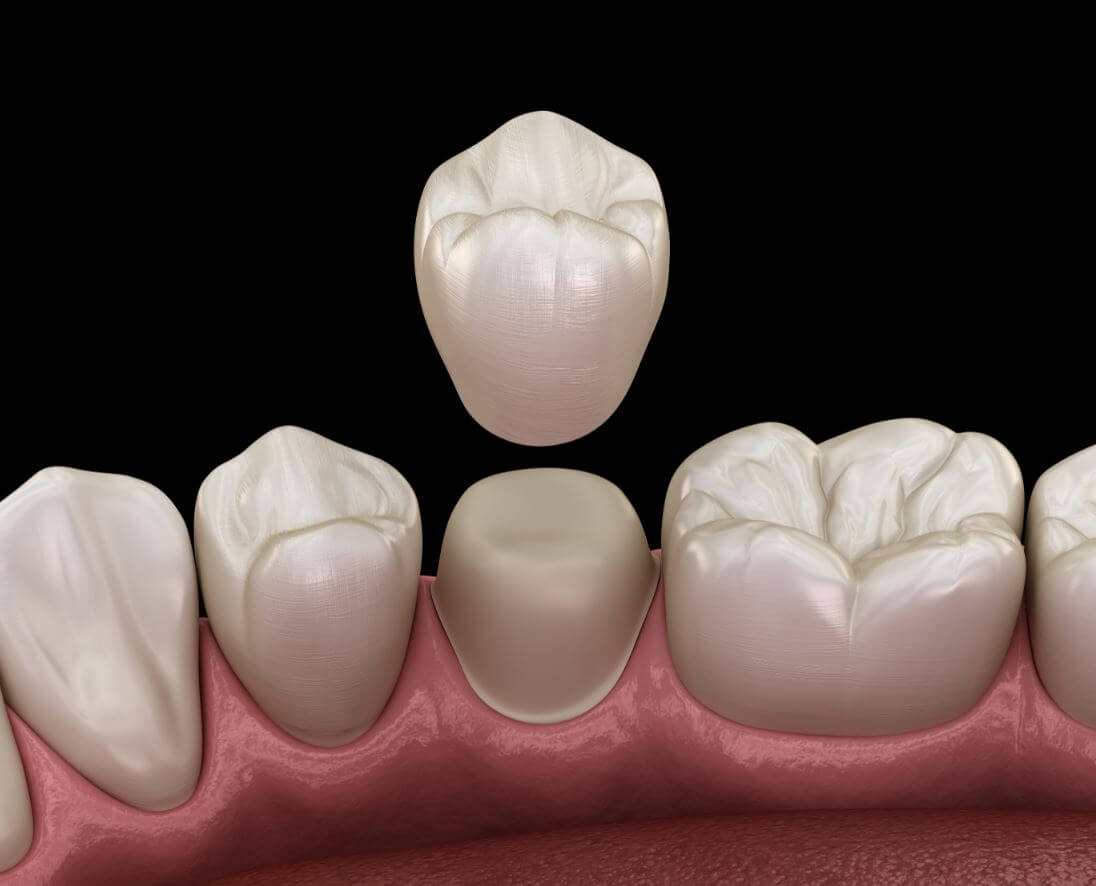
Dental crowns have a reputation as being nothing more than an expensive filling. However, a dental crown is far more protective than a standard filling and can ensure the structural integrity of a tooth in ways that a standard filling cannot. Here’s why and when dentists will recommend the use of dental crowns.
Crown vs Filling
Dental crowns are designed to fit over the top of your tooth, providing all-over protection. Alternatively, fillings are designed to protect a small part of your tooth, usually a spot where decay or other damage has put your tooth at risk of further deterioration.
If you have a small amount of damage to your tooth, such as a small cavity, a filling may be the best option. However, if the cavity is large, a crown is likely to be a better solution. This is because a filling replaces the damaged piece of tooth, which is drilled away before the filling is placed. If too much tooth is decayed and needs to be removed by drilling, it can affect the structural stability of the remaining tooth. In these instances, a dental crown is recommended.
What is a dental crown?
A dental crown is a cap placed on top of a damaged tooth and is used to protect, cover and restore the shape of your tooth.
There are different types of crowns, including full crowns, ¾ crowns and onlays. A full or traditional crown covers the entire tooth and acts like a splint that holds the sides of the tooth together, thus maintaining the structural integrity of the tooth. Onlays and ¾ crowns are types of dental crowns that don’t cover as much of your underlying tooth as full crowns, but they also provide protection and strength to the compromised tooth.
How your dentist decides which option is best
The first thing your dentist will consider when assessing whether a dental crown or filling is required is the size of the cavity in need of repair. If the cavity is small, the dentist will usually suggest a filling. If the cavity is large or on a part of the tooth that makes it difficult to treat without weakening the tooth, the dentist will likely suggest a dental crown.
Of course, a filling could be used in the instance of a larger cavity, but your dentist will assess the likelihood of problems occurring later should the tooth weaken. Your dentist will usually recommend the best treatment option to ensure long-lasting protection for your teeth.





